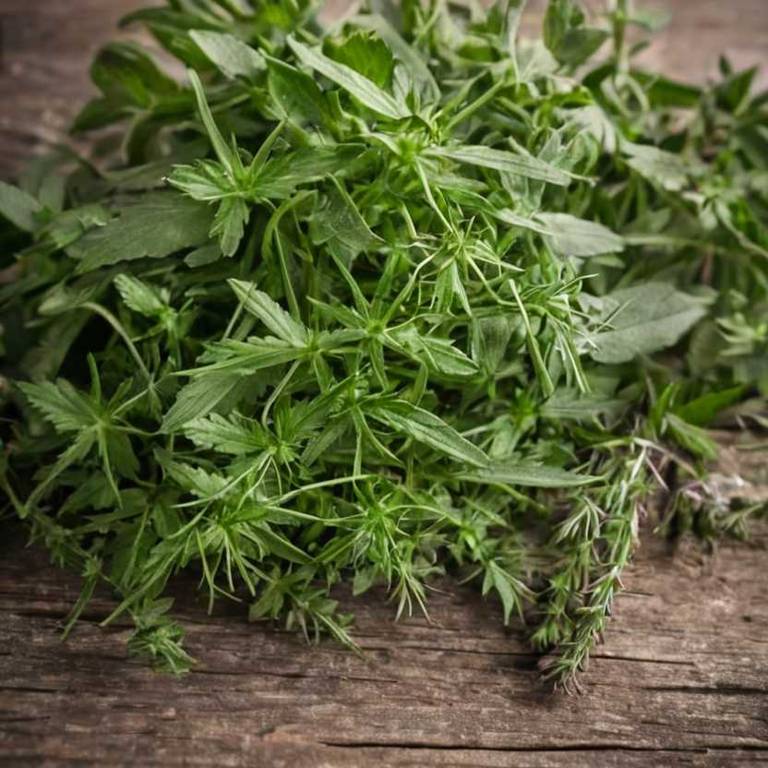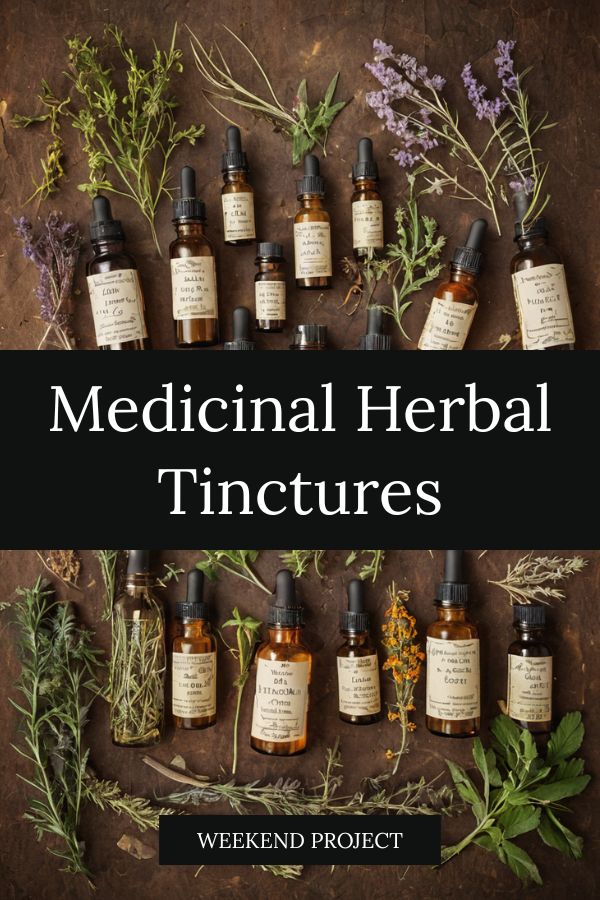Blessed Thistle (Cnicus Benedictus)
Information Reliability Score: 5/10
This score reflects the overall reliability of the information presented in this article. It is based on the quality of scientific evidence, accuracy of sources, and the transparency of references related to Cnicus benedictus.

Blessed Thistle, scientifically known as Cnicus benedictus, is a medicinal herb with a long history of use in traditional medicine.
It is valued for its adaptogenic properties and has been traditionally used to support digestive health, liver function, and immune system strength. Historically, it was revered in medieval Europe for its purported ability to ward off evil spirits, and it was often used in herbal remedies for ailments such as fevers and digestive disorders. In modern wellness practices, Blessed Thistle is still used as a natural supplement to aid in detoxification and to promote healthy digestion.
Its unique feature is the presence of a rare active compound called sesquiterpene lactones, which contribute to its potent medicinal properties.
FREE COURSE
How to make medicinal herbl tinctures for common ailments at home and in a weekend (using the Healing Drop System).

Table of Contents
Scientific and Botanical Profile
Blessed Thistle, with botanical name Cnicus benedictus, is a perennial flowering plant belonging to the family Compositae, known for its distinctive and often spiny morphology.
Native to regions such as Europe, Asia, North Africa, the Middle East, and parts of Southern and Eastern Europe, it thrives in the Mediterranean Basin, Balkans, Caucasus, Turkic Regions, and Celtic Regions. The plant typically grows to a height of 30-100 cm, featuring a sturdy, branching stem covered in fine, hooked hairs, and basal leaves that are deeply lobed with a rough, hairy surface. Its flowers, arranged in composite heads, are yellow and bloom from June to August, while the plant is commonly known by various names such as Blessed Thistle, Holy Thistle, St. Benedict's Thistle, Common Thistle, and Thousandthistle, reflecting its historical and cultural significance.
The species has also been referred to as Benedictus Thornweed, Thistle of Saint Benedict, Thistle of Blessedness, and Thousandth Thistle, highlighting its revered status in traditional medicine and botany.
History and Cultural Relevance
Blessed Thistle was used by ancient civilizations, including the Greeks and Romans, for its purported medicinal properties and was believed to have spiritual significance.
In traditional European medicine, particularly in medieval times, it was valued for its ability to treat ailments such as digestive issues, liver disorders, and as a remedy for poisoning. It also played a role in folk traditions, where it was used in herbal remedies and sometimes incorporated into rituals to ward off evil or promote healing. Today, its use in herbal medicine persists, with some practitioners still employing it to support digestive health and as a natural diuretic.
The plant's historical and cultural legacy continues to influence modern herbal practices and its symbolic association with protection and purification.
Chemical Composition and Nutritional Profile
Blessed Thistle contains a variety of bioactive compounds, including alkaloids such as cynarine, flavonoids like luteolin and apigenin, essential oils, and terpenes, which contribute to its medicinal properties.
It is also rich in nutrients, including vitamins A, C, and K, as well as minerals such as iron, calcium, and potassium, making it a valuable source of antioxidants and essential micronutrients. The alkaloids and flavonoids in Blessed Thistle may support digestive health by stimulating bile production and reducing inflammation in the gastrointestinal tract. Additionally, its essential oils and terpenes have antimicrobial and hepatoprotective effects, aiding in liver function and detoxification processes.
These compounds work synergistically to enhance overall wellness, making Blessed Thistle a versatile herb with both nutritional and therapeutic benefits.
Medicinal Properties and Health Benefits
Cnicus benedictus has been traditionally used for its potential medicinal properties, particularly in supporting digestive health and promoting liver function.
It is believed to aid in the detoxification process by supporting the liver's ability to process toxins, making it beneficial for individuals with sluggish digestion or liver congestion. Compared to similar herbs like milk thistle, Cnicus benedictus may offer a more gentle approach with fewer side effects, though it may not be as potent in certain liver-supporting compounds. Additionally, it is thought to have anti-inflammatory properties that can support the respiratory system, potentially alleviating symptoms of bronchitis or asthma.
While not as widely studied as some other herbs, its unique combination of mild detoxifying and anti-inflammatory effects makes it a valuable addition to holistic health regimens.
Discover the 10 best health benefits of Blessed Thistle.
Forms, Preparation and Usage
Cnicus benedictus has a variety of forms available, including fresh plant, dried tincture, powder, essential oil, and capsule, each offering different methods of preparation and usage.
It can be prepared as a tea by steeping the dried herb in hot water, or as a decoction by boiling the plant material for a longer period. For topical applications, the essential oil or powdered form can be applied directly to the skin, often diluted with a carrier oil. The recommended dosage for adults is typically 1-2 grams of dried herb per cup of tea, while children should only use it if deemed safe by a healthcare professional.
Due to its potency, it is advised to use cnicus benedictus sparingly, with a maximum duration of 2-4 weeks unless otherwise directed by a qualified practitioner.
Safety, Side Effects and Contraindications
Cnicus benedictus can be used cautiously as a medicinal plant, primarily for its purported calming and antispasmodic effects, but it is not widely studied in modern pharmacology.
While generally considered safe when used in recommended doses, potential side effects may include gastrointestinal upset, drowsiness, and allergic reactions in sensitive individuals. It may interact with sedatives, antidepressants, and other central nervous system depressants, increasing the risk of drowsiness and respiratory depression. Special populations such as pregnant or breastfeeding women should avoid its use due to limited safety data, and individuals with chronic illnesses should consult a healthcare provider before use.
To ensure safe use, it is advisable to start with a low dose, monitor for adverse reactions, and consult with a qualified herbalist or physician, especially if taking other medications or having pre-existing health conditions.
Growing, Harvesting and Storage
Cnicus benedictus grows in well-drained soils that are loamy or sandy, preferring full sun to partial shade for optimal growth.
It thrives in temperate climates with moderate rainfall, requiring regular watering during dry periods but avoiding waterlogging to prevent root rot. Regular weeding and occasional fertilization with a balanced organic fertilizer can promote healthy growth and enhance the plant's medicinal properties. The best time to harvest is during early summer when the leaves are fully developed and the plant is at its peak potency, using clean shears to cut the stems and leaves carefully.
To preserve its potency, the harvested material should be dried in a shaded, well-ventilated area, then stored in airtight glass containers in a cool, dark place or refrigerated to maintain its therapeutic qualities.